Wait, haven’t we been here before?
I admit that when you look at them separately, technology and personalisation are hardly new trends. But what IS new is the way they are working together to transform the customer experience.
Personalisation is becoming ‘the norm’. It’s expected by consumers. And it’s gone beyond just putting someone’s name on it! Consumers are increasingly presuming that in exchange for their personal data they will enjoy personalised online and offline experiences. And they’re right to think so.
Advances in tech like AI (Artificial Intelligence), machine learning and the ability to analyse massive amounts of data have provided new customer insight, revealing new patterns, trends and associations - especially relating to human behaviour and interactions. This data can then be utilised to personalise customer experience like never before, creating powerfully personalised brand encounters for consumers.
Here are some interesting examples of this in action:
1. Waitrose genetic food matching
Customers are offered a cheek swab to provide an instant personalised genetic report. Then, using the DnaNudge app or DnaBand, more than 500,000 food items can be scanned in store to determine whether the product is healthy for the wearer’s personal physiology. The wristband shows a red or green light to quickly signify a food’s suitability.
2. L’Oréal Perso Smart Skincare System
The Perso Smart Skincare system is a portable skincare product dispenser. An app scans the user’s face for wrinkles, sunspots and pore visibility, then takes environmental factors like temperature and pollen levels into consideration before formulating and dispensing personalised skin products.
It’s planned that future iterations of the device will mix makeup based on trends or the wearer’s clothes, as well as recommending lipstick shades based on Instagram influencer trends.
3. Telepo
A countertop tea maker that creates a perfect brew based on the drinker's current mood by using data such as the temperature, brightness, humidity and volume of the room. The drinker's heart rate and body temperature are even included in the analysis. The machine then uses this information to brew the perfect personalised cuppa.
4. Puppo
A subscription-based personalised dog nutrition service in New York City which used dogs’ data rather than the owners’ (no GDPR concerns here) to create a very personalised traditional advertising poster.
Each ad states the name and breed of each dog along with a health benefit of using Puppo’s services. The poster also included a scannable QR code that took the owner to Puppo’s website for personalised food recommendations
Owners were targeted by zip code and posters were placed within dog-walking distance from their homes.
So what does it all mean?
Using tech to meaningfully interpret big data sets isn’t going away. As we’ve seen, it’s becoming increasingly sophisticated.
To win fans, retailers and brands will need to embrace, and keep pace with, this advanced approach to personalisation. It’s the only way to give consumers the level of experience the are increasingly expecting.





.png)


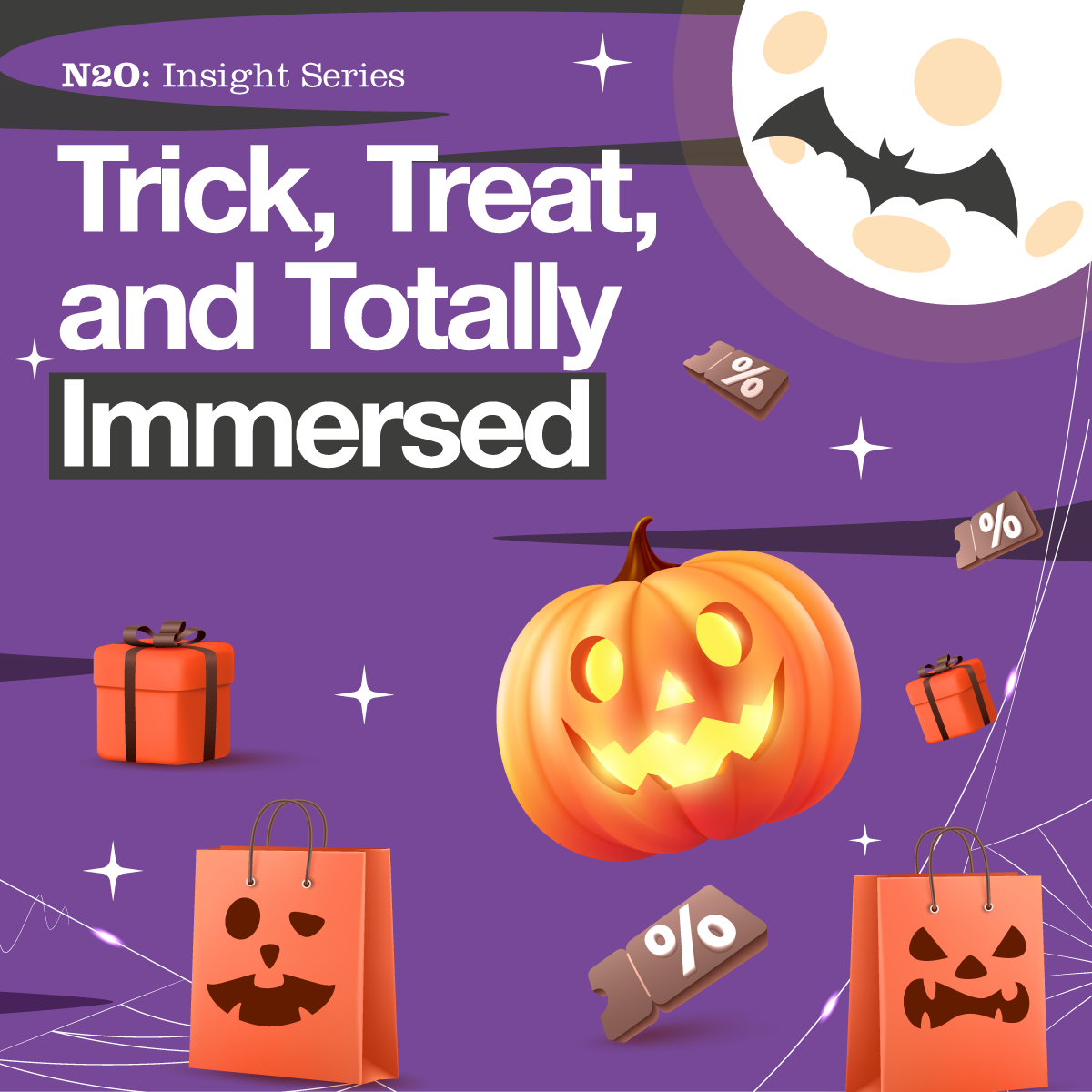
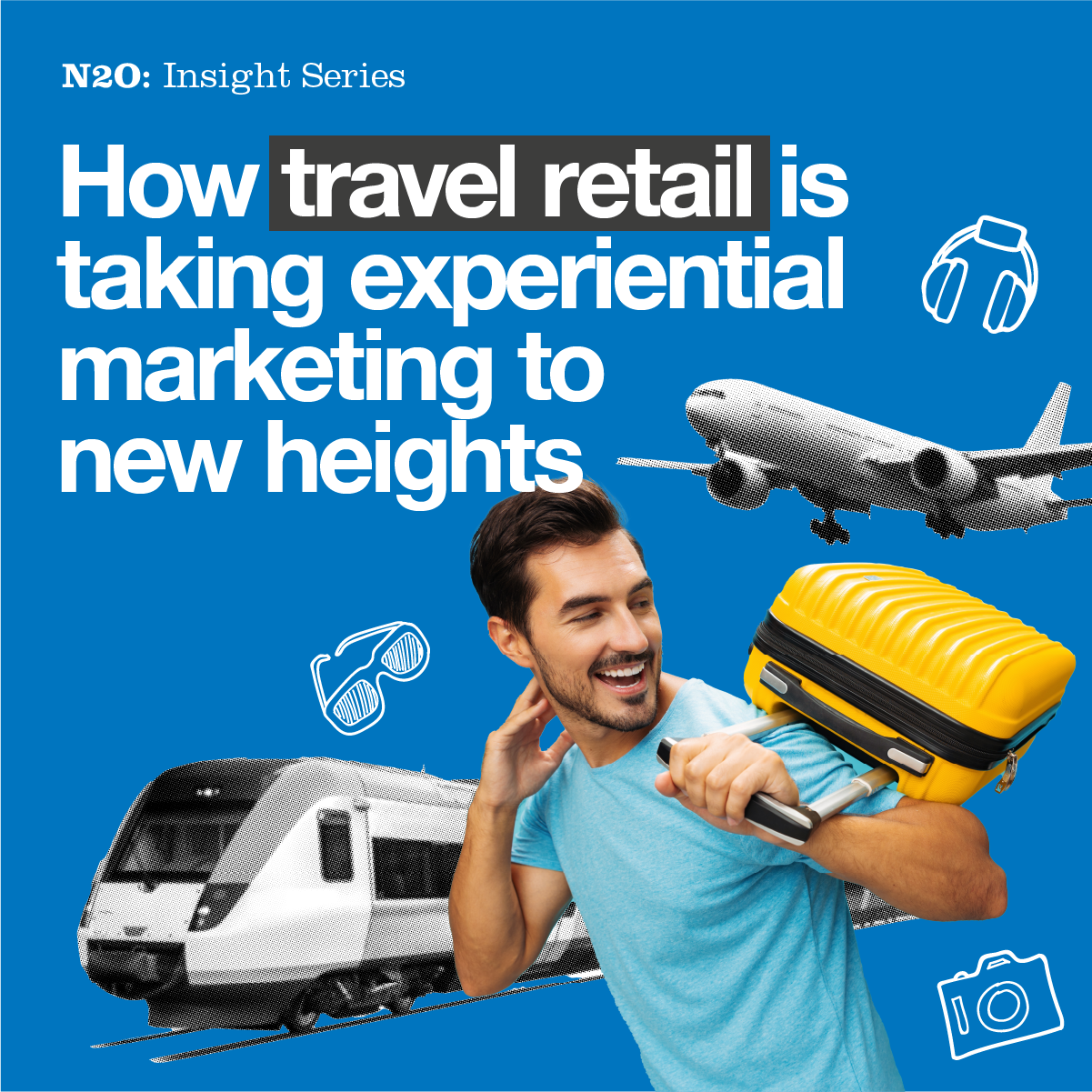

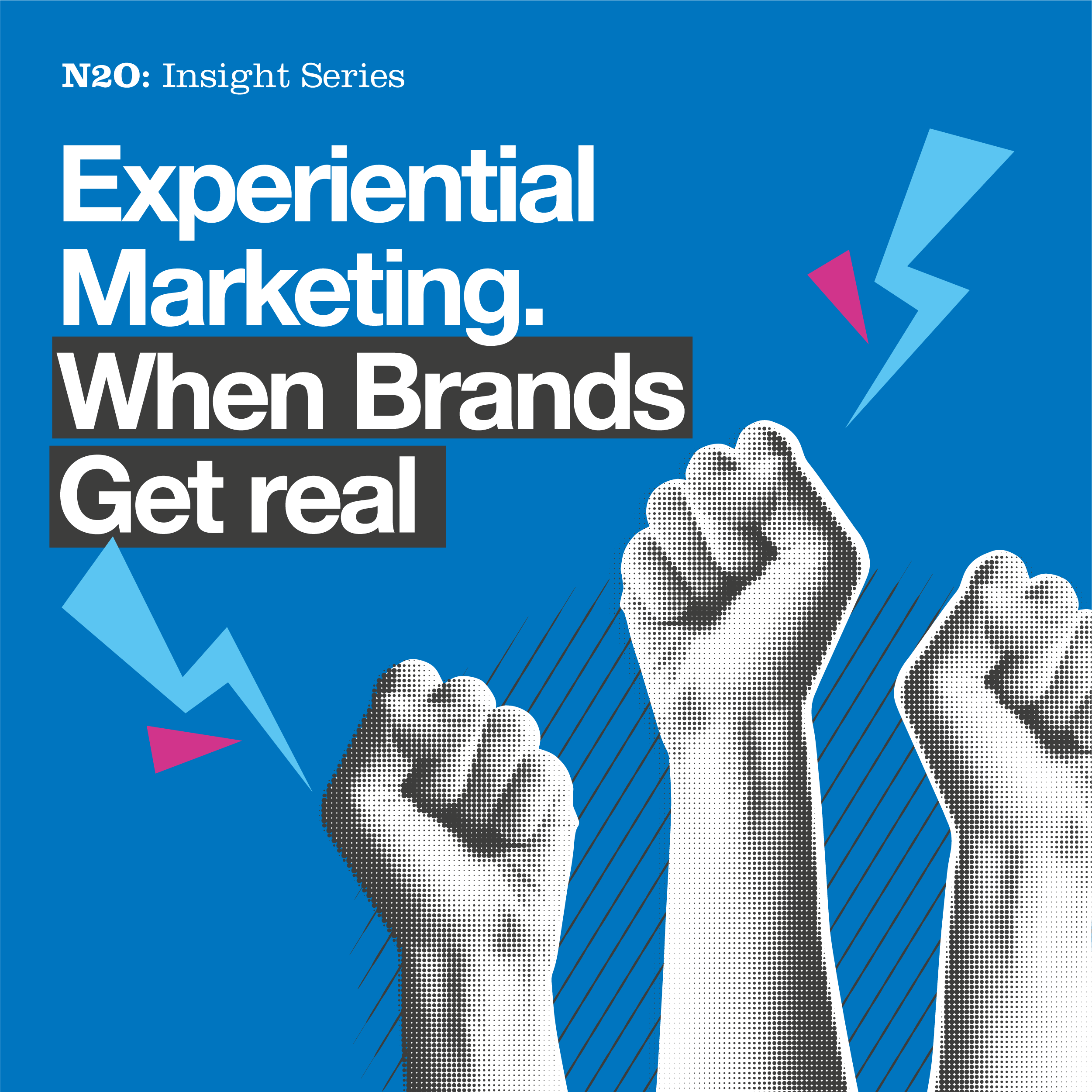


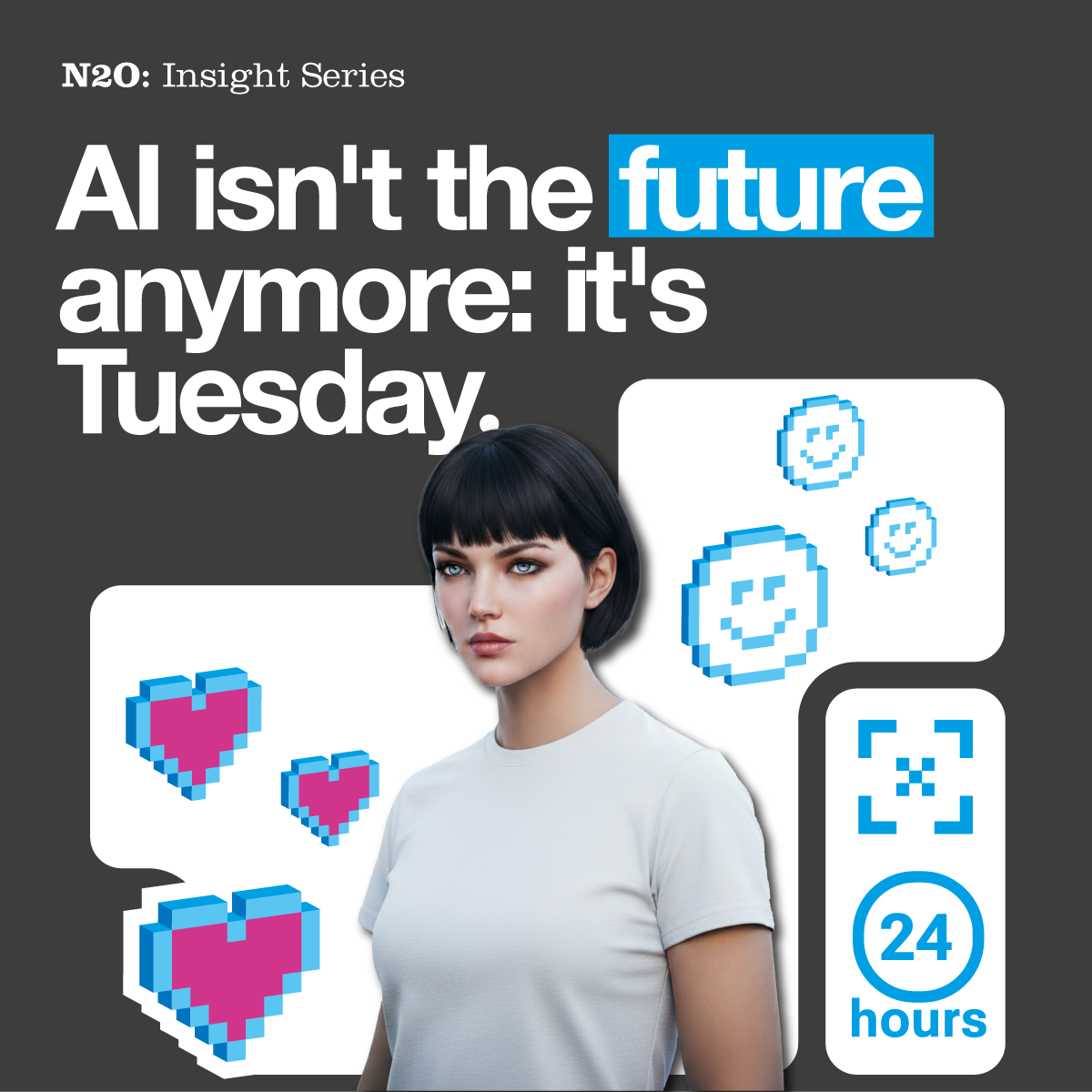


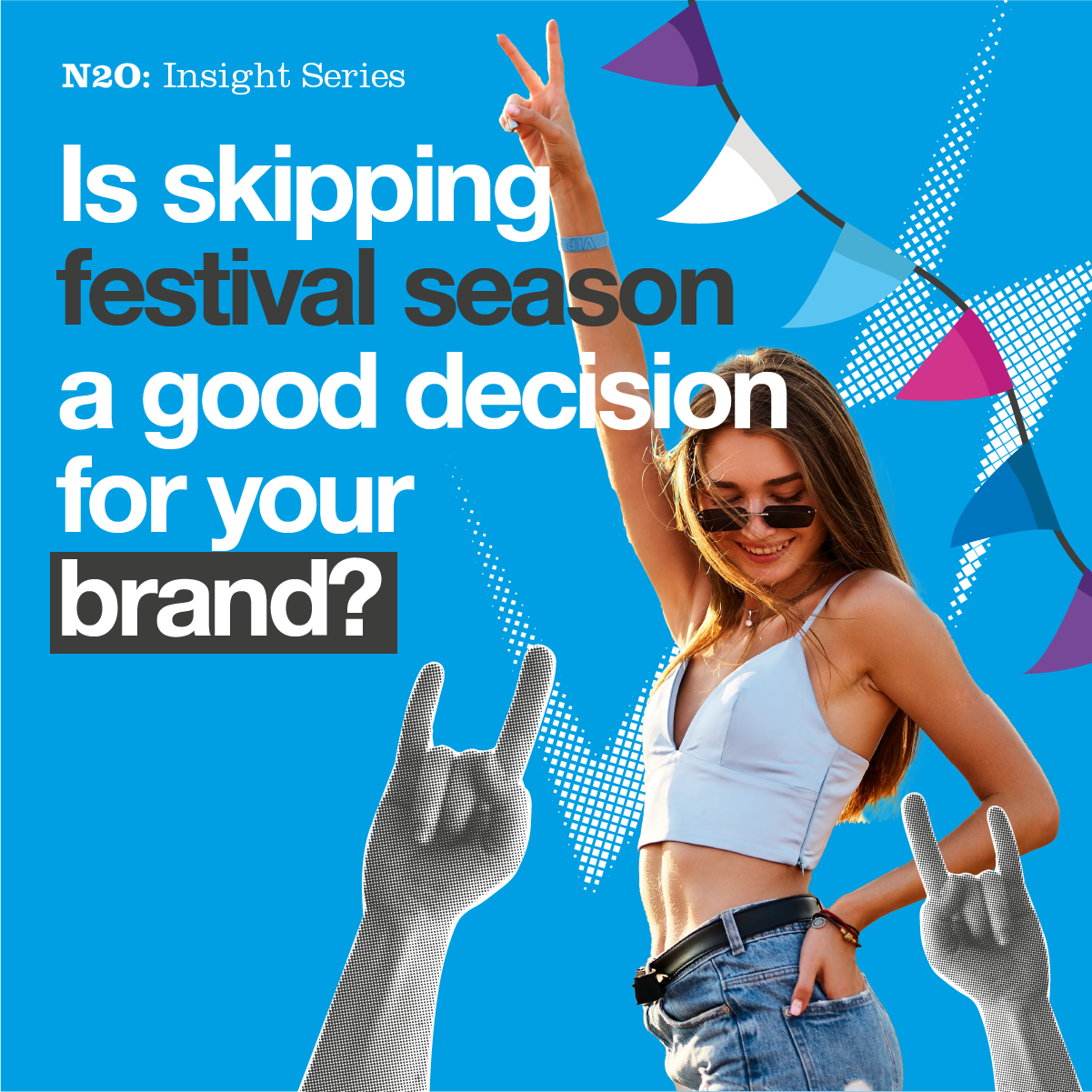



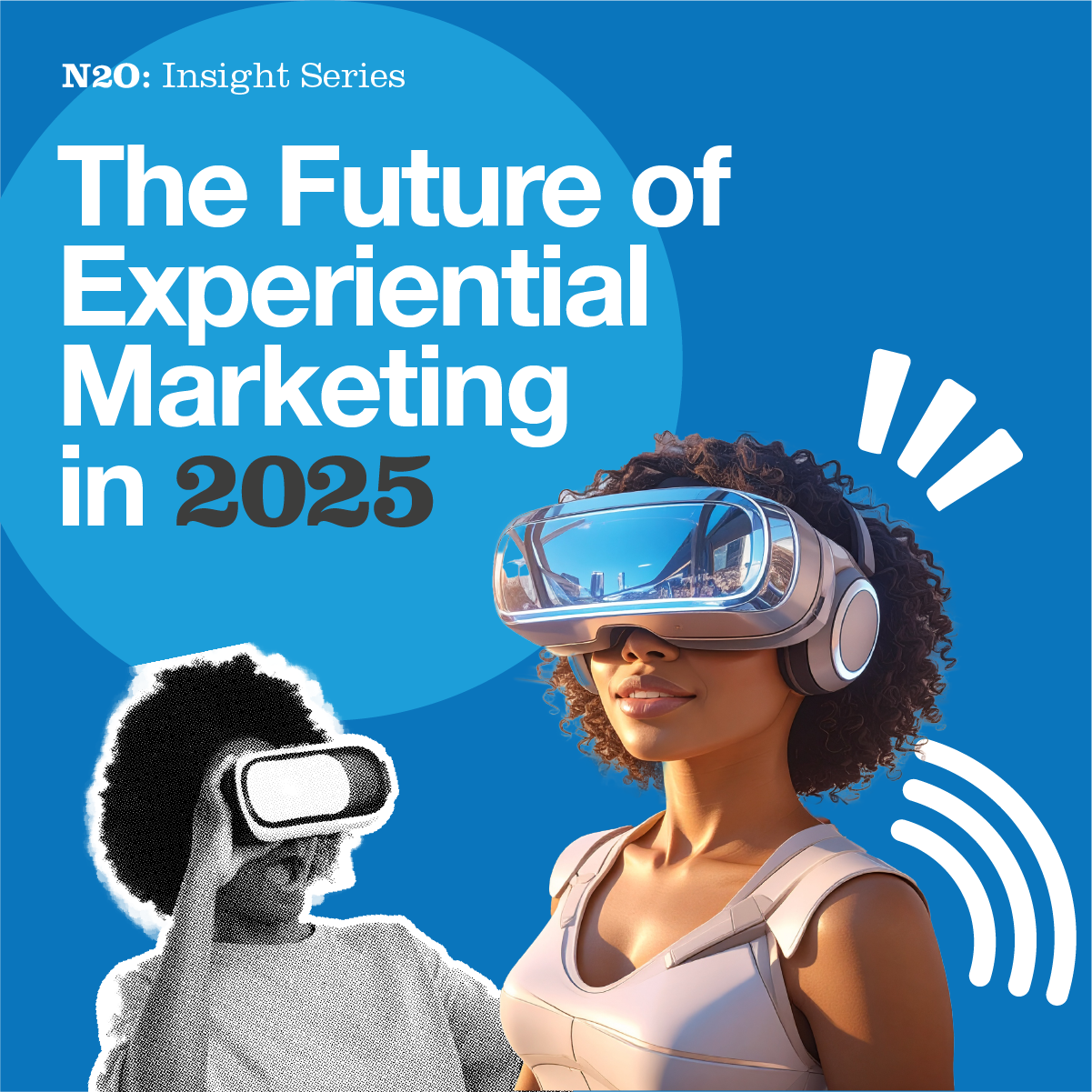
































































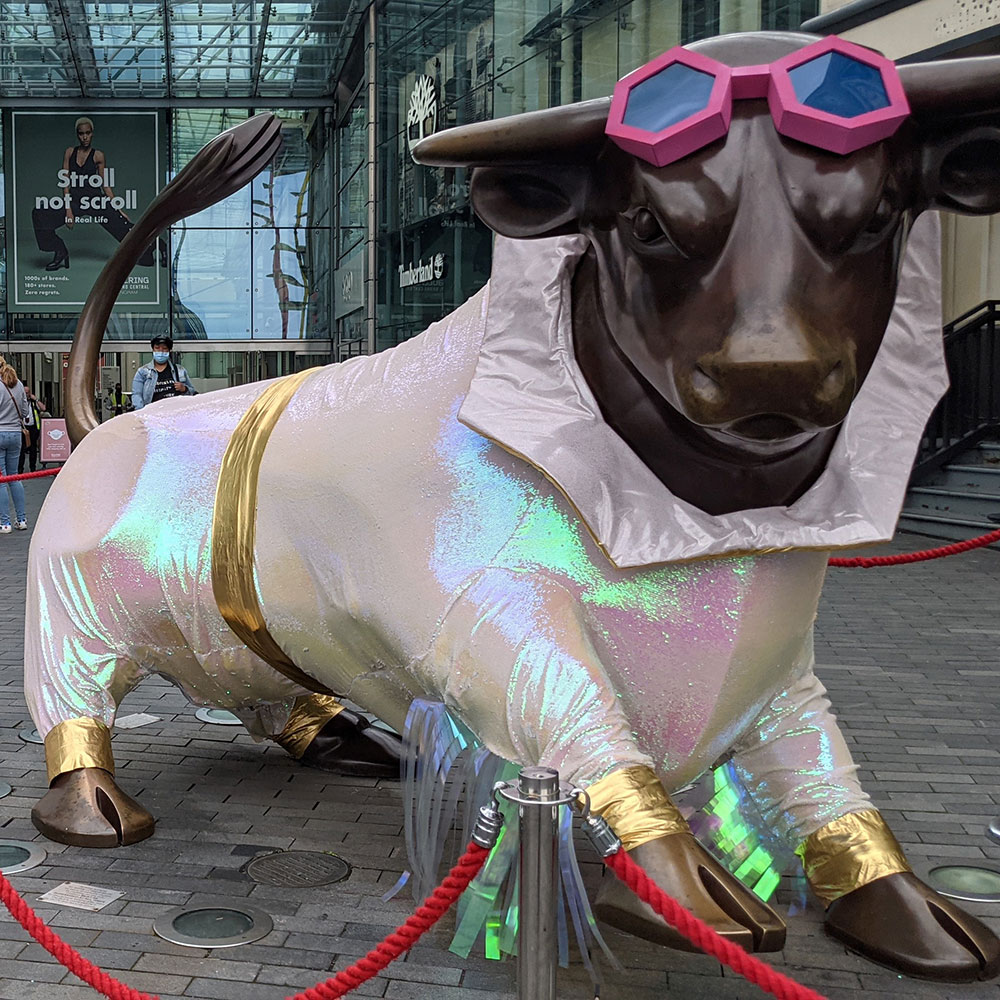


.jpg)







.jpeg)
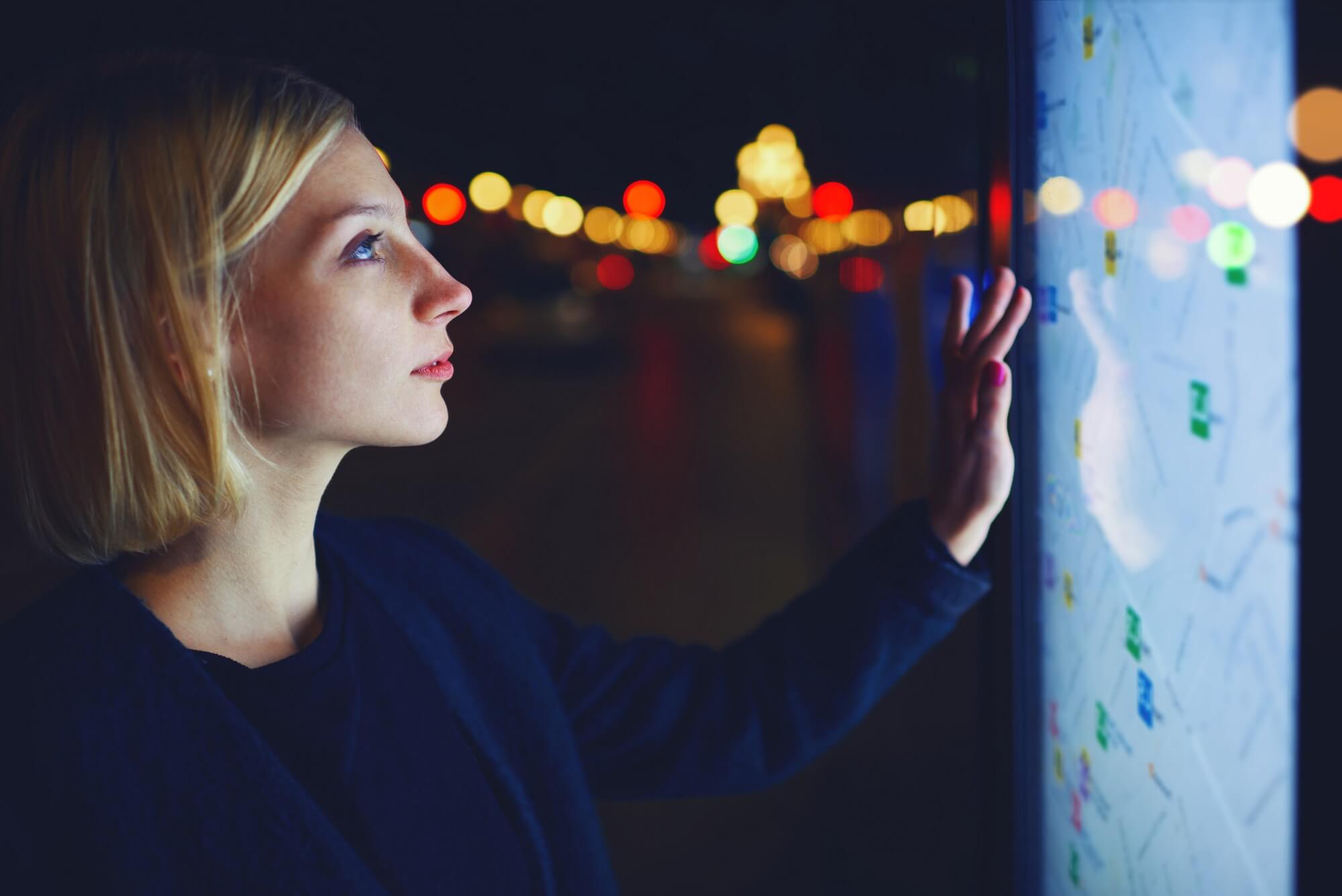

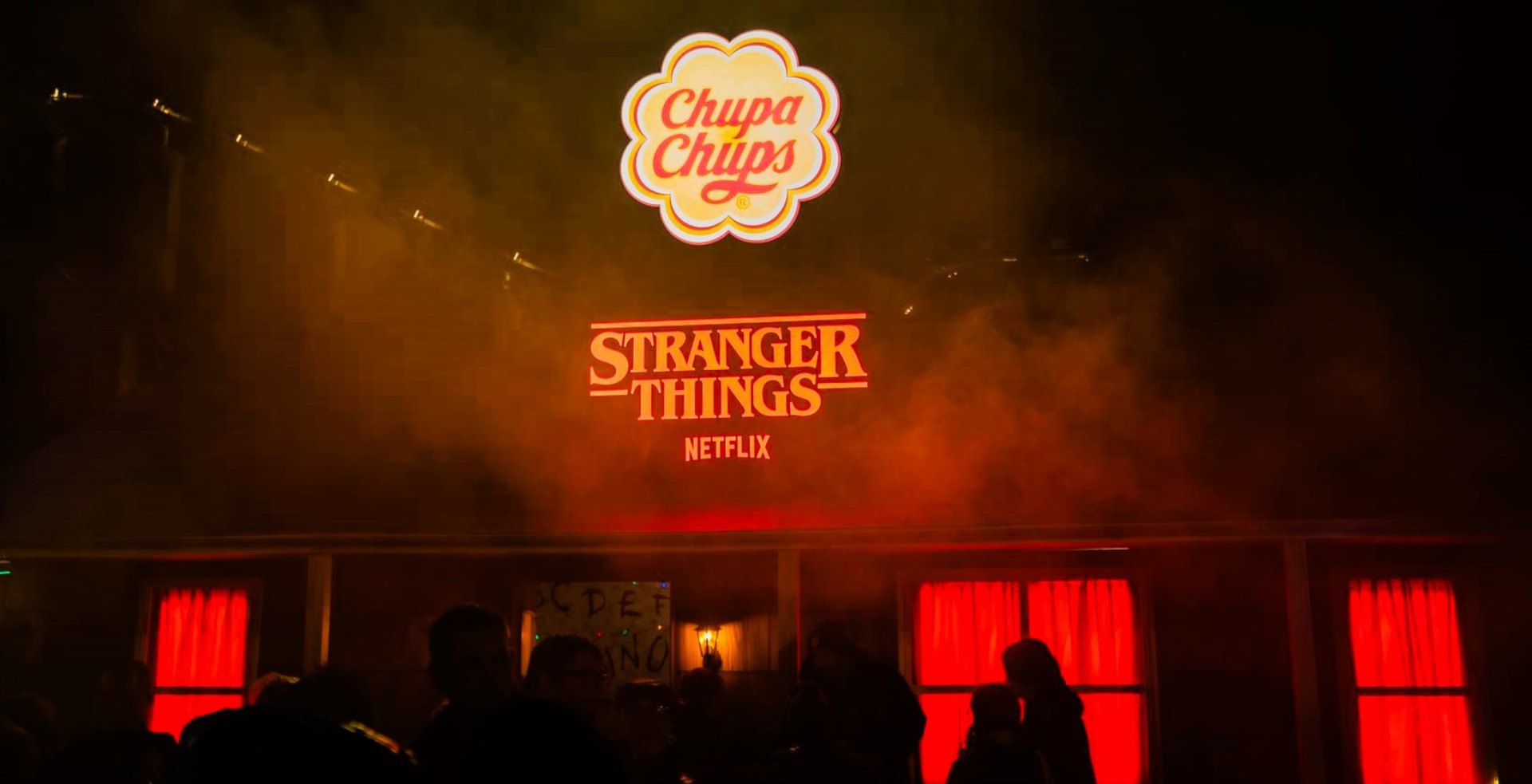
.png)


















